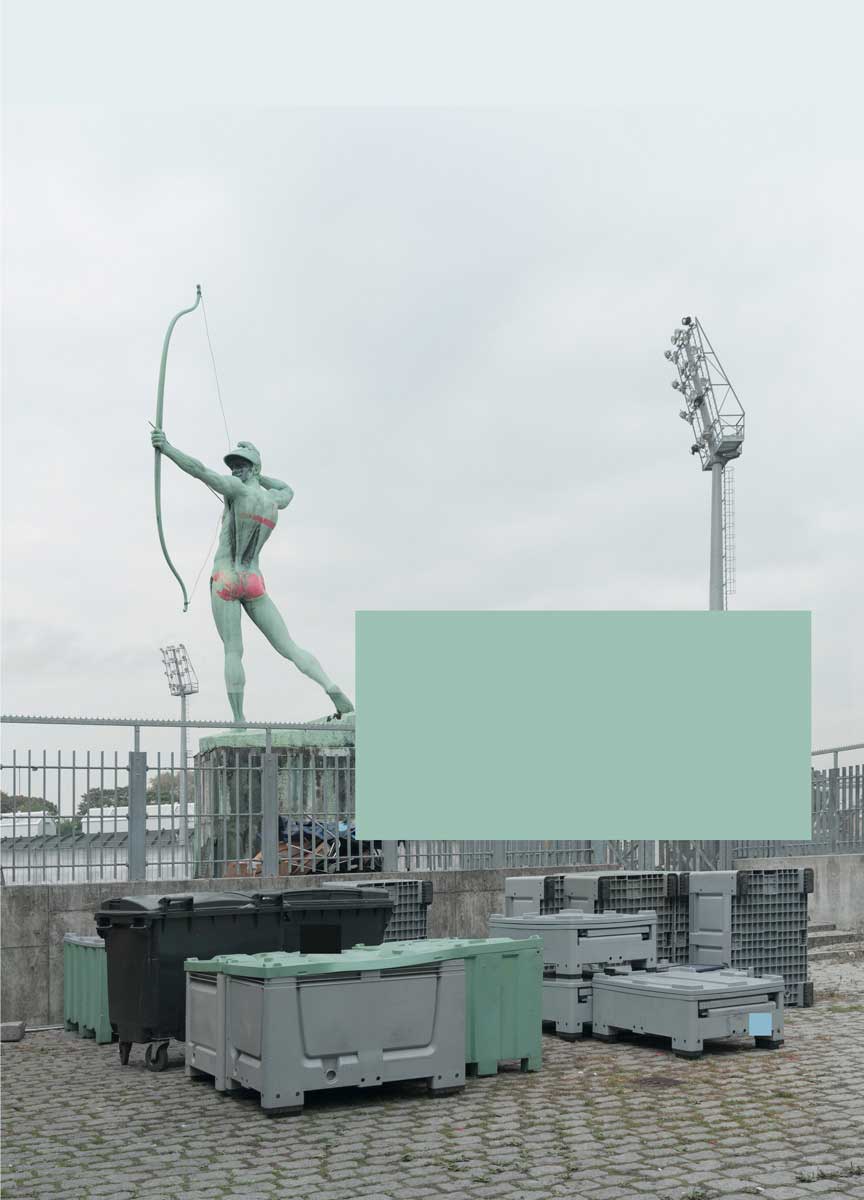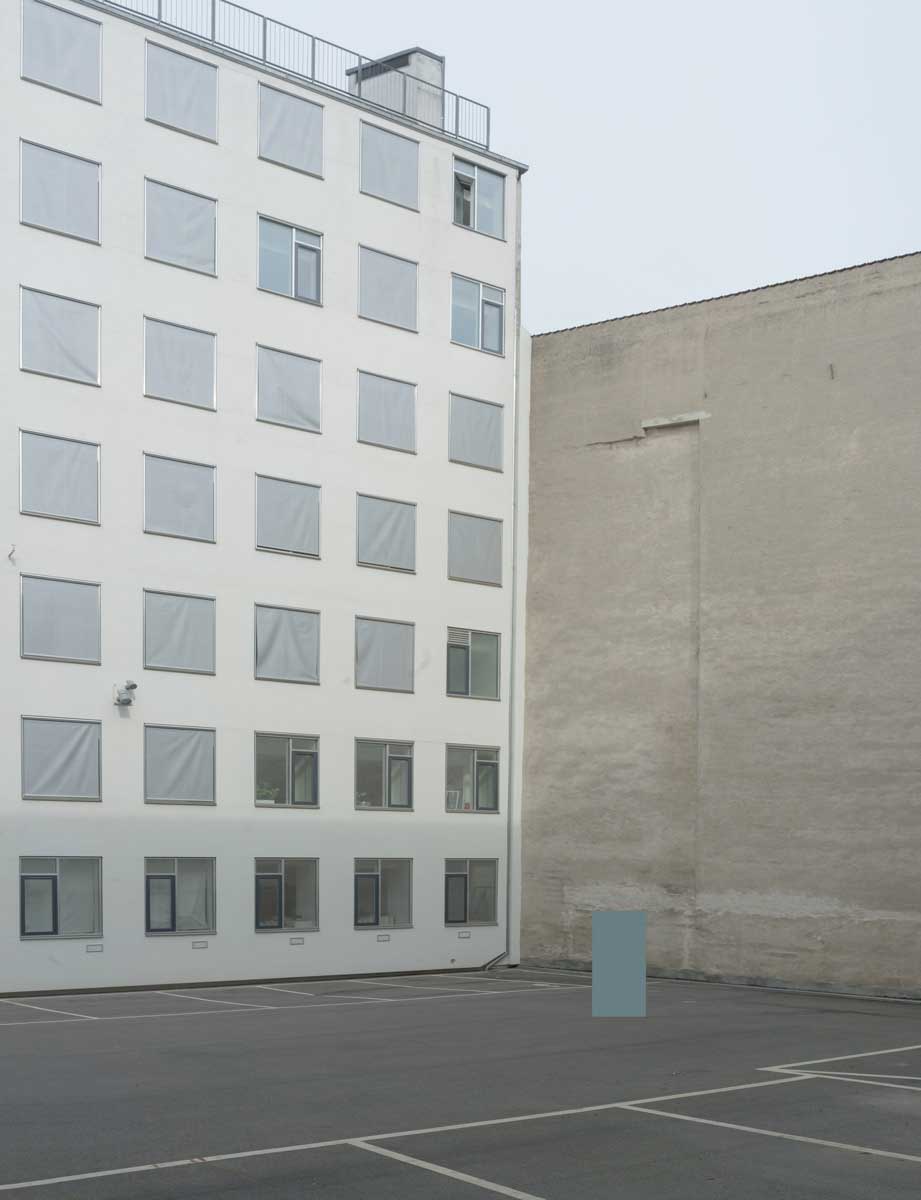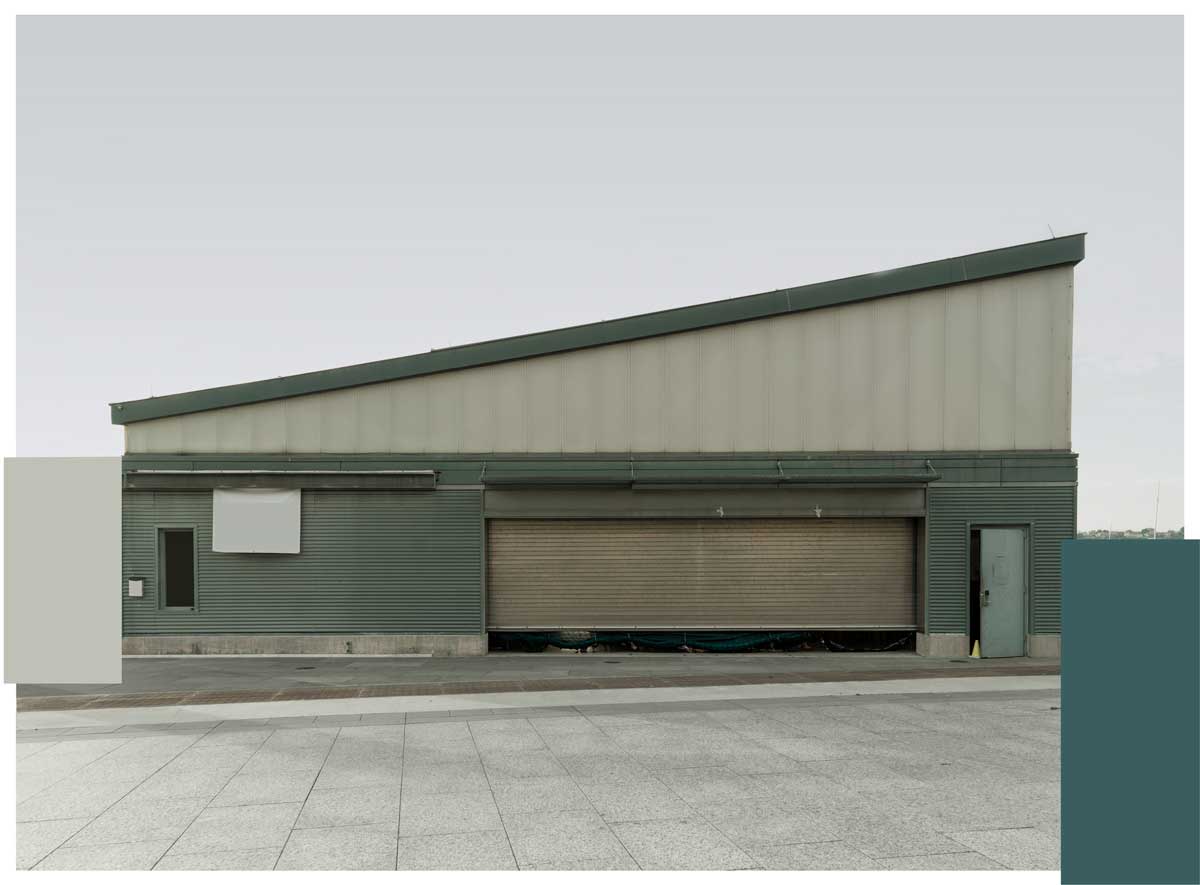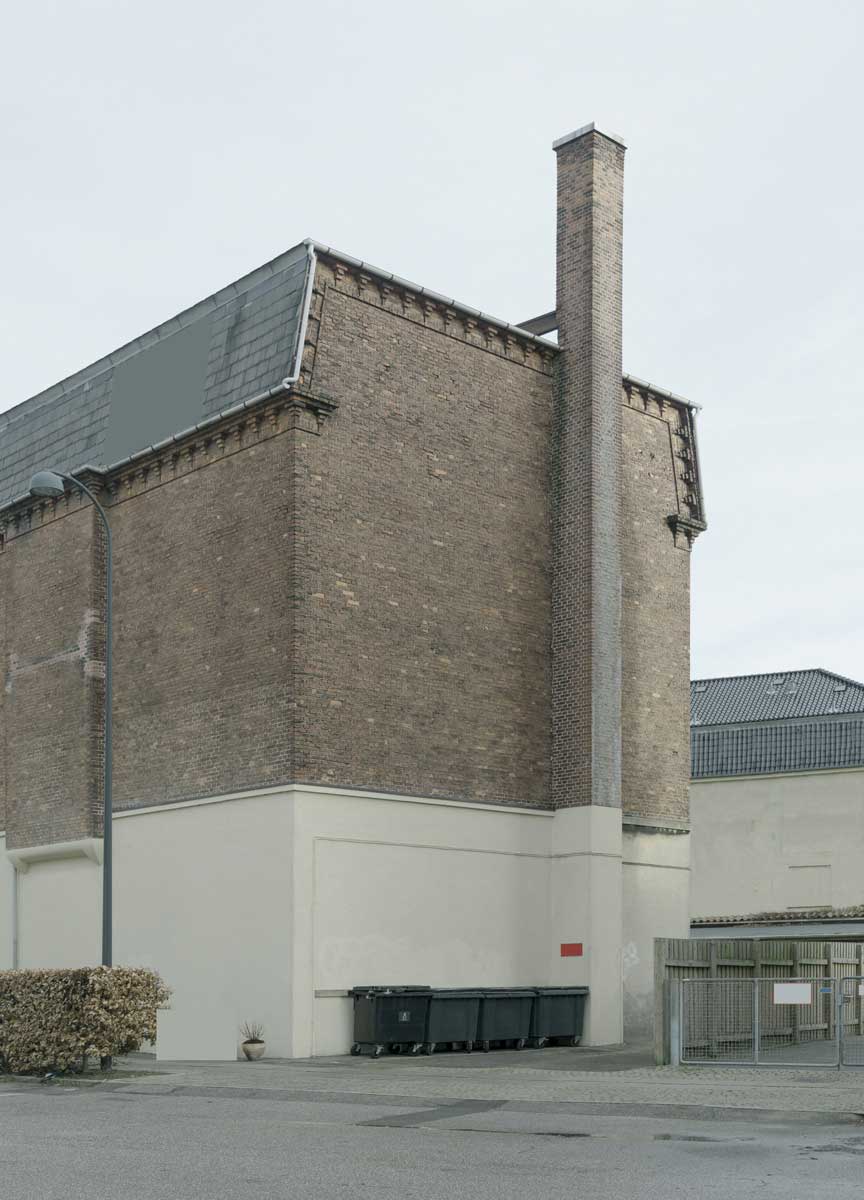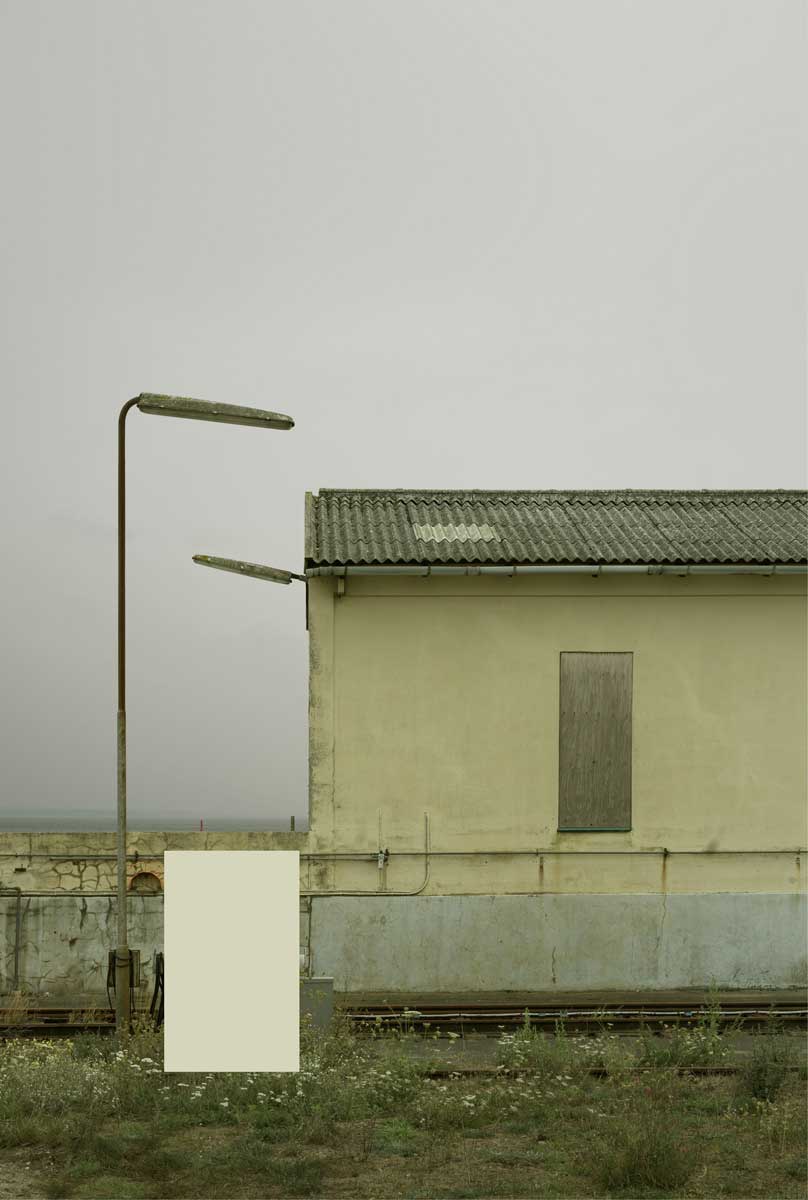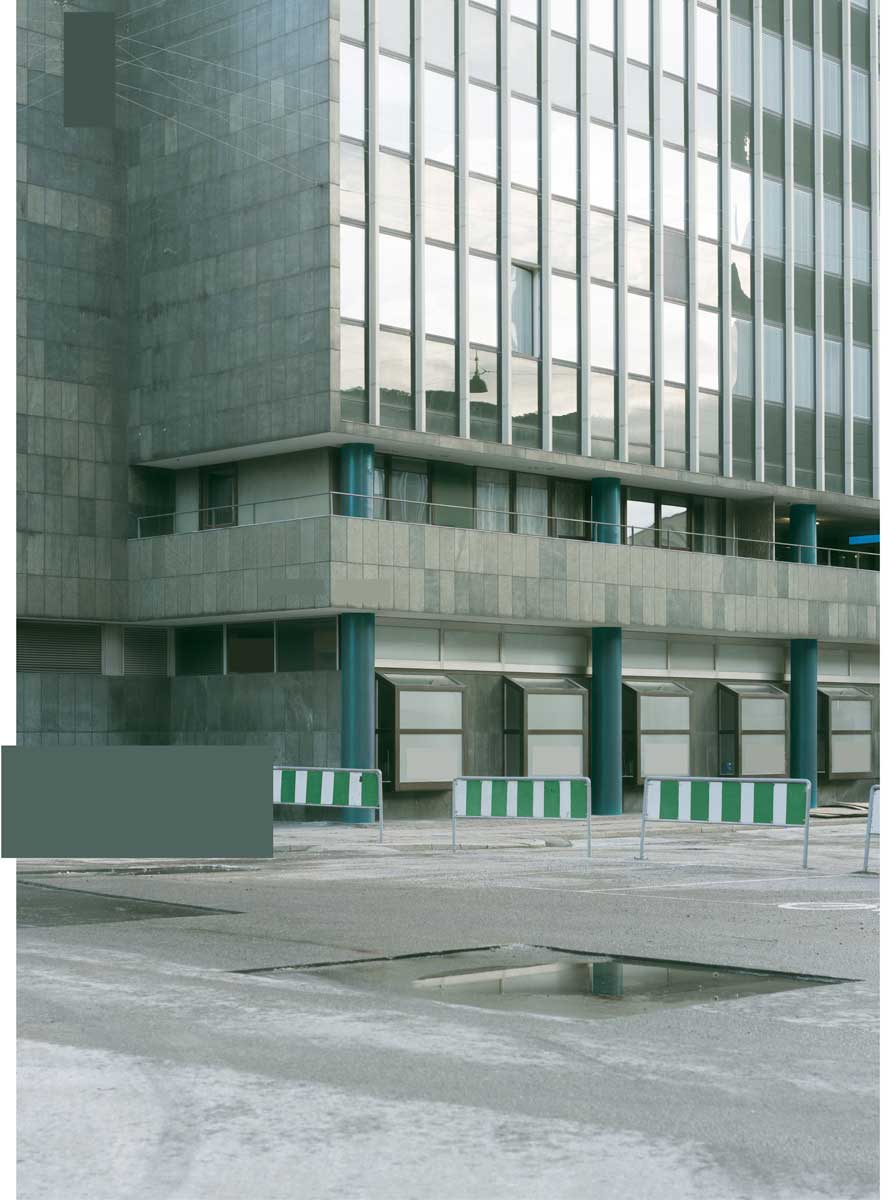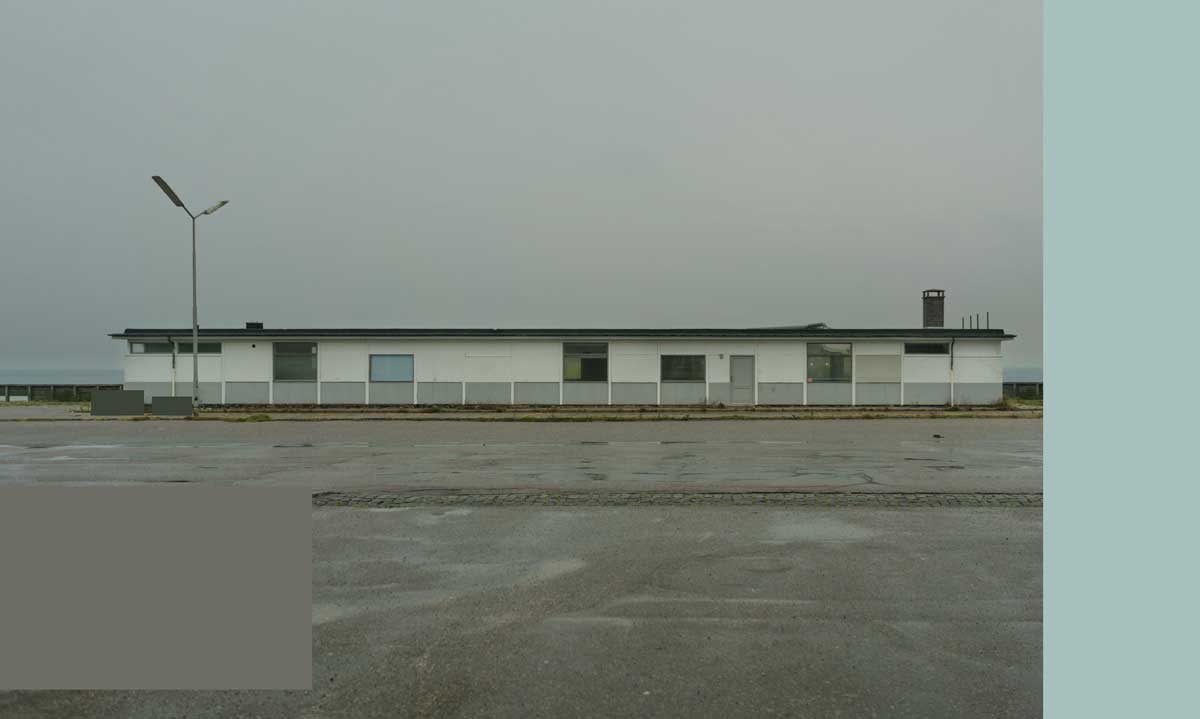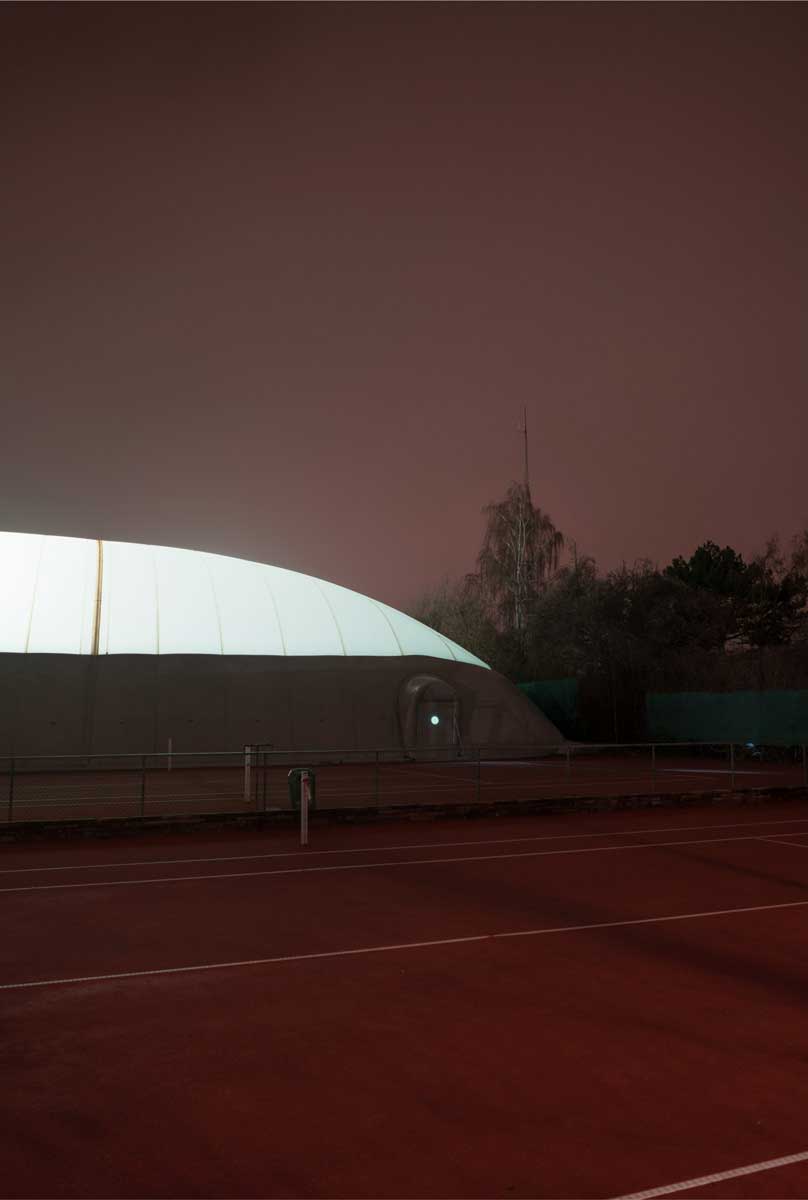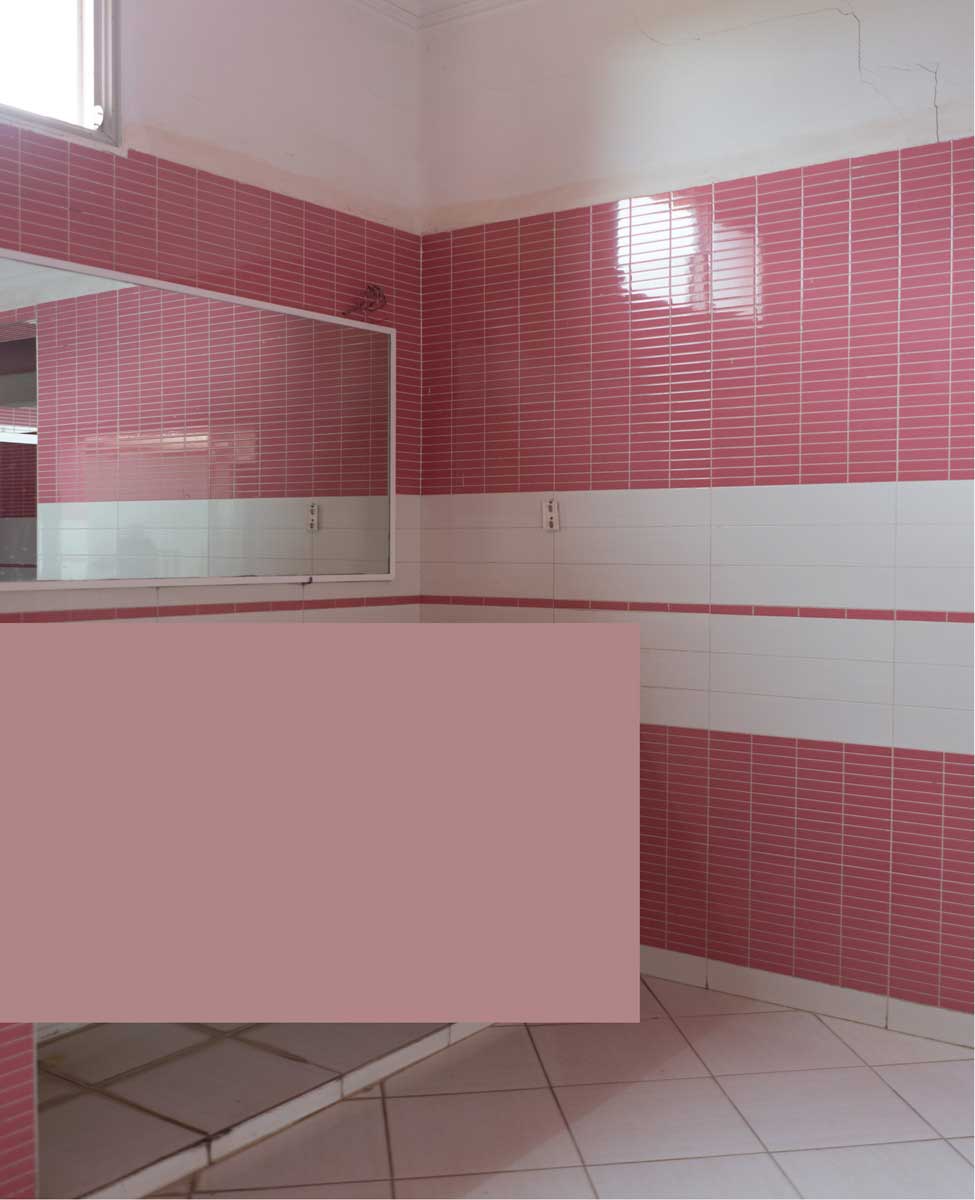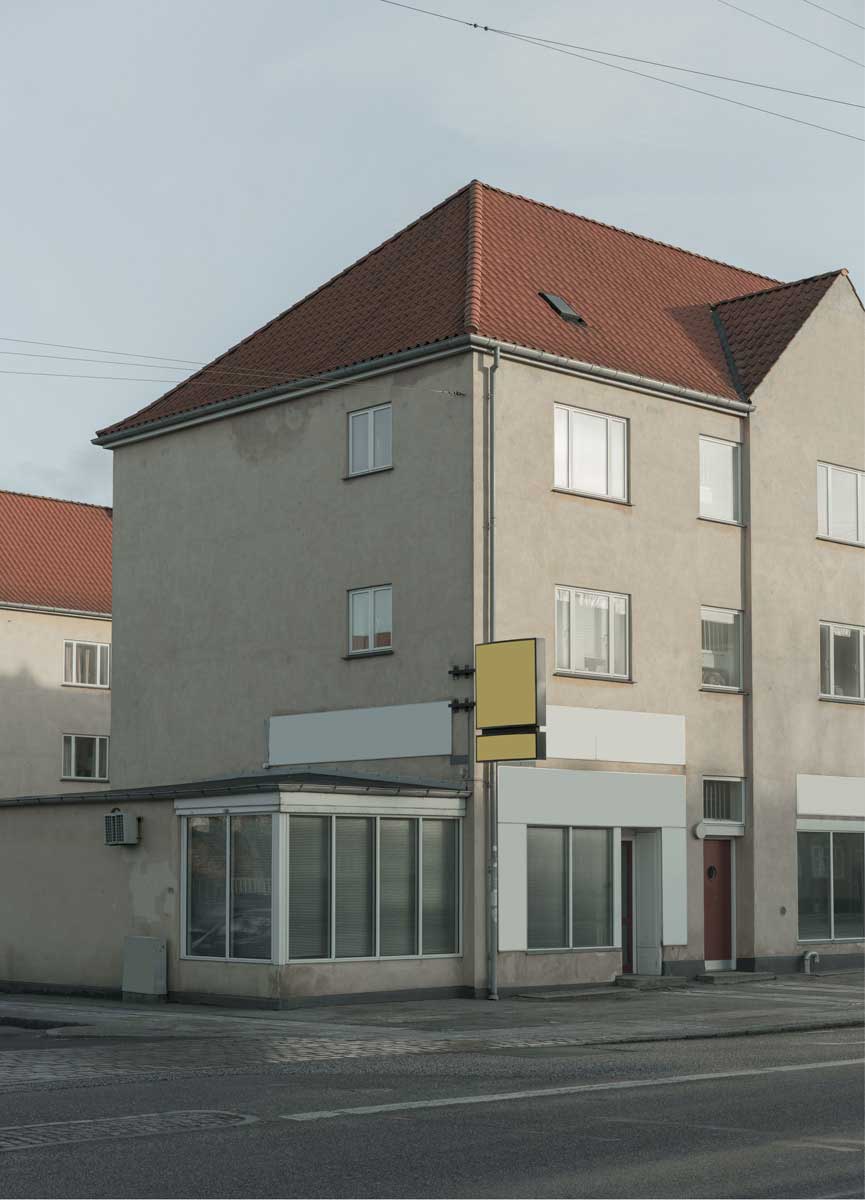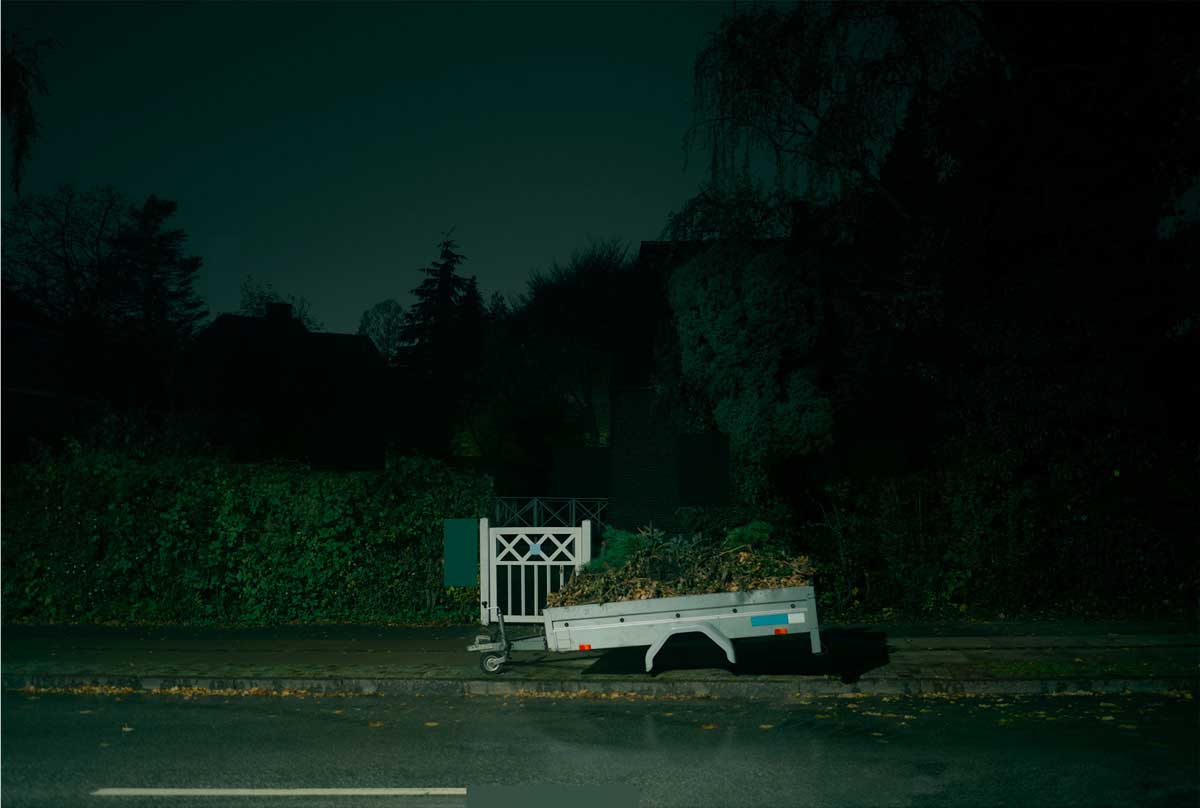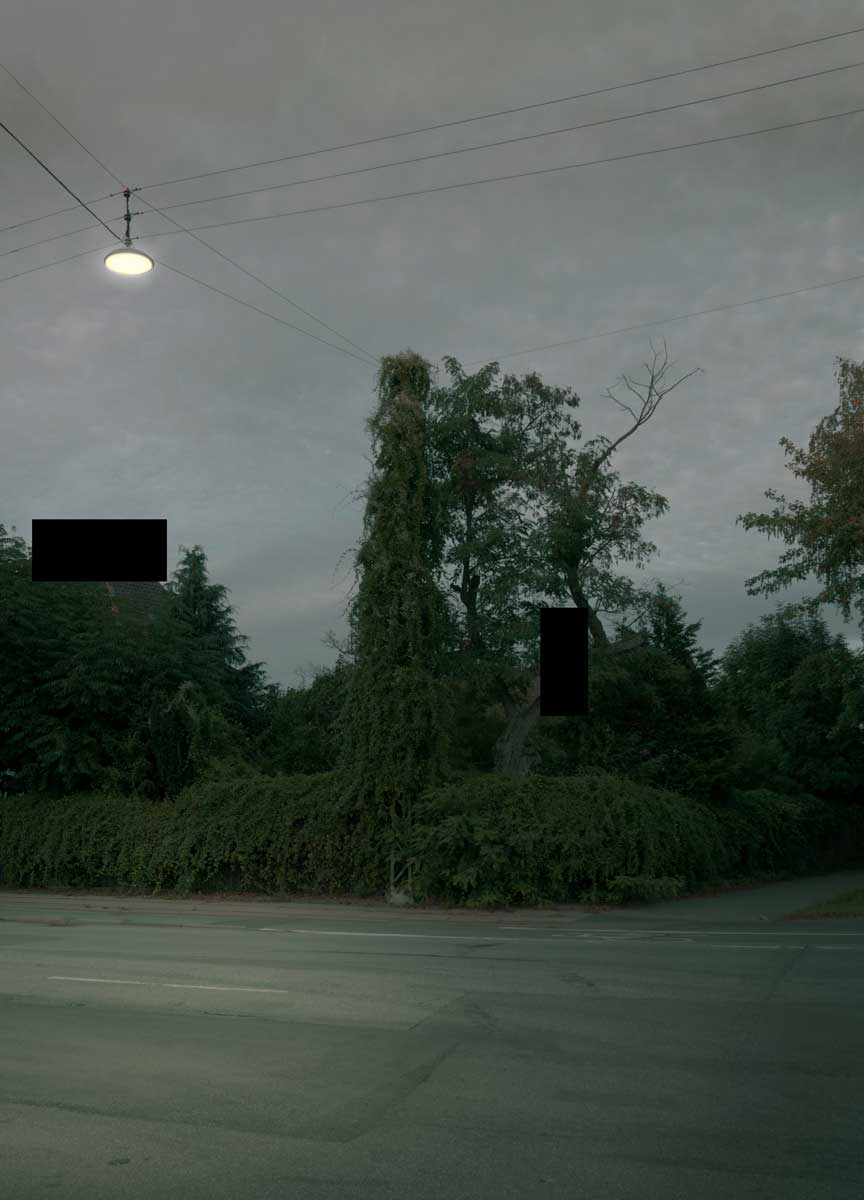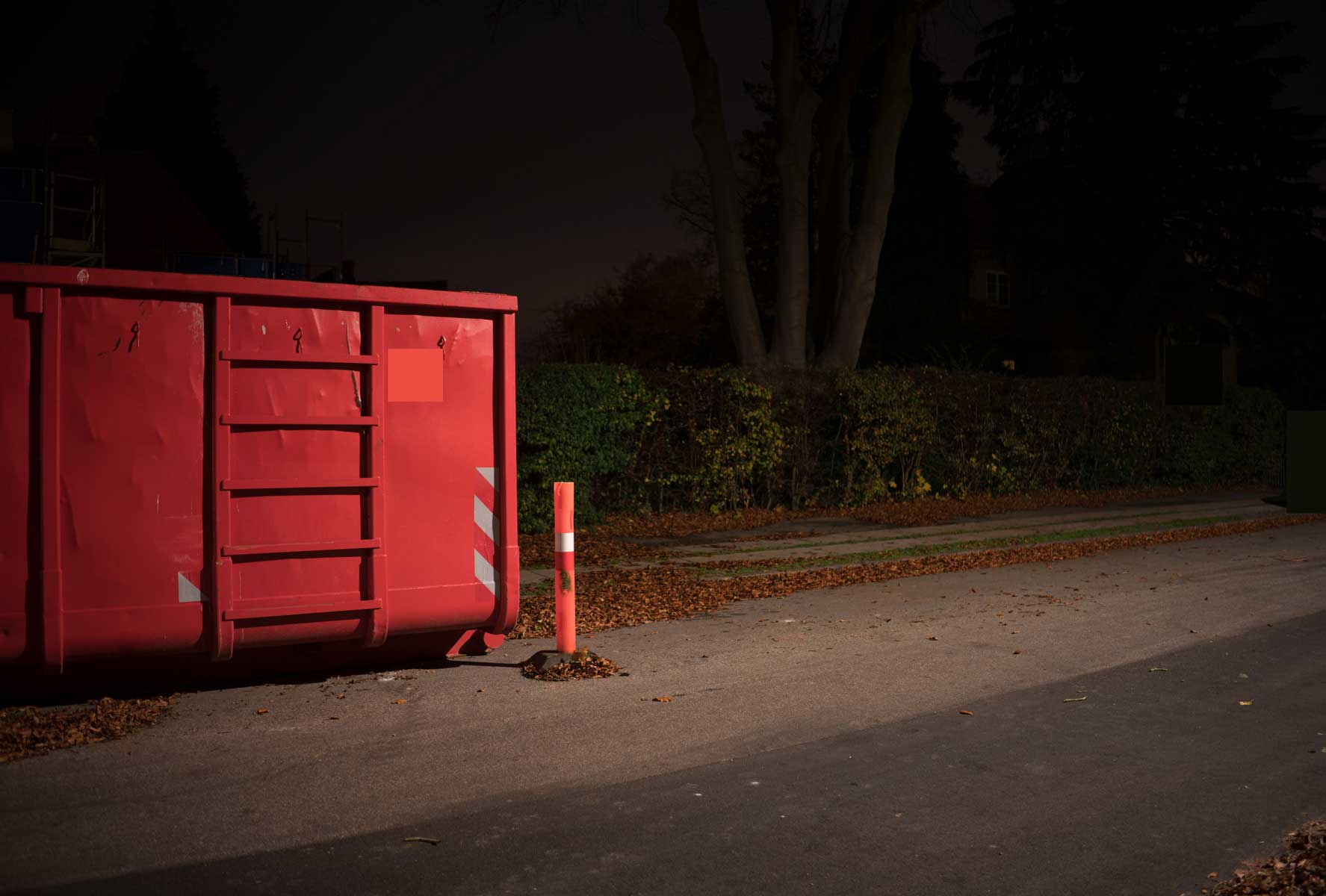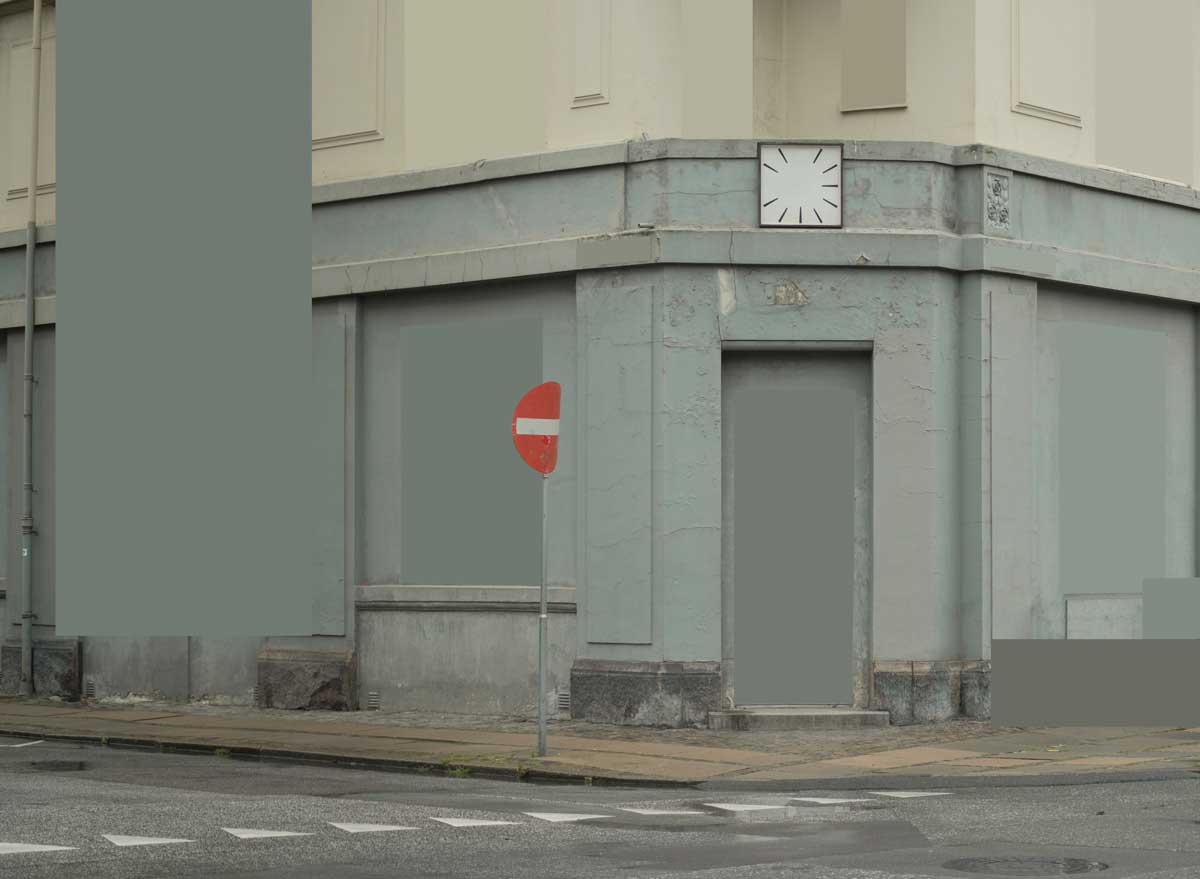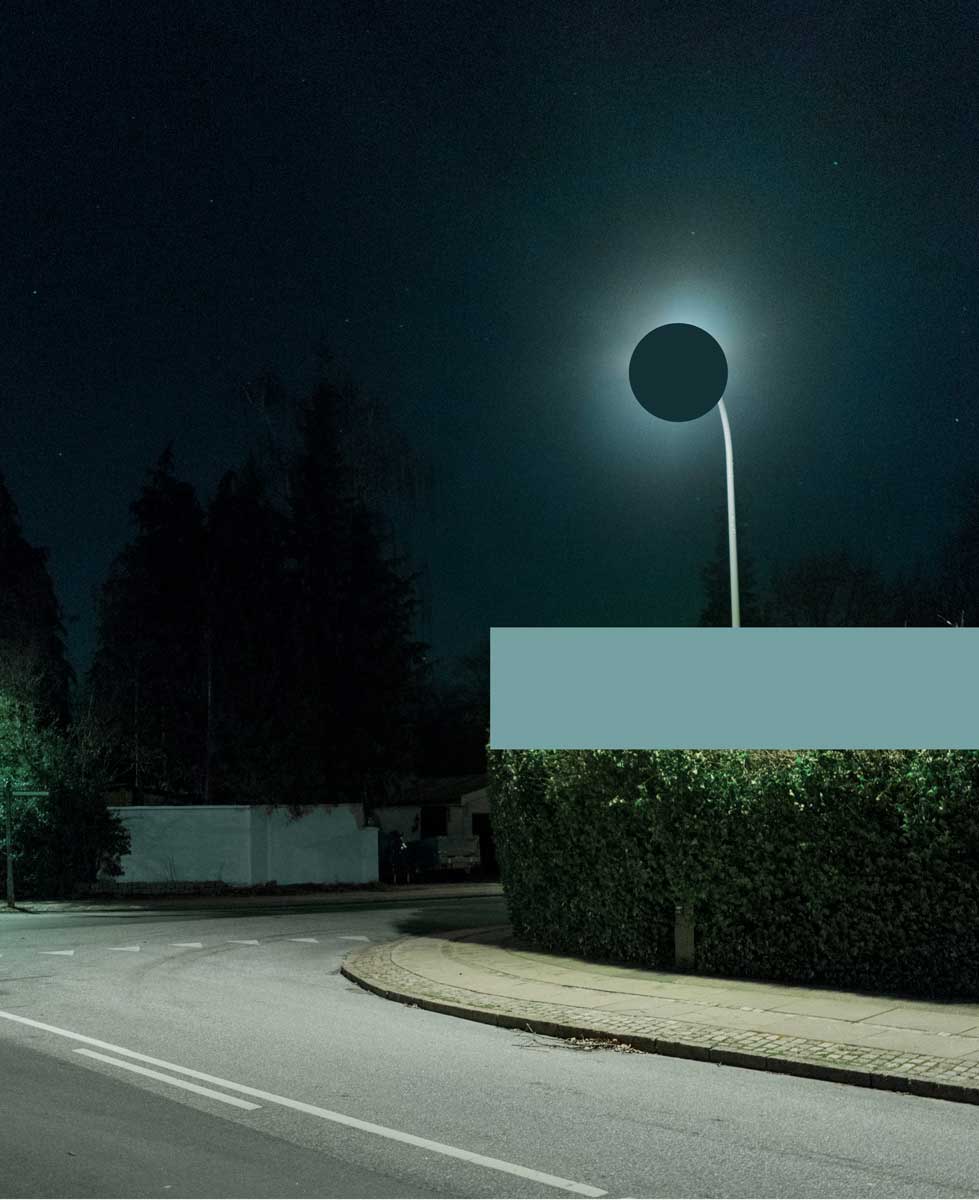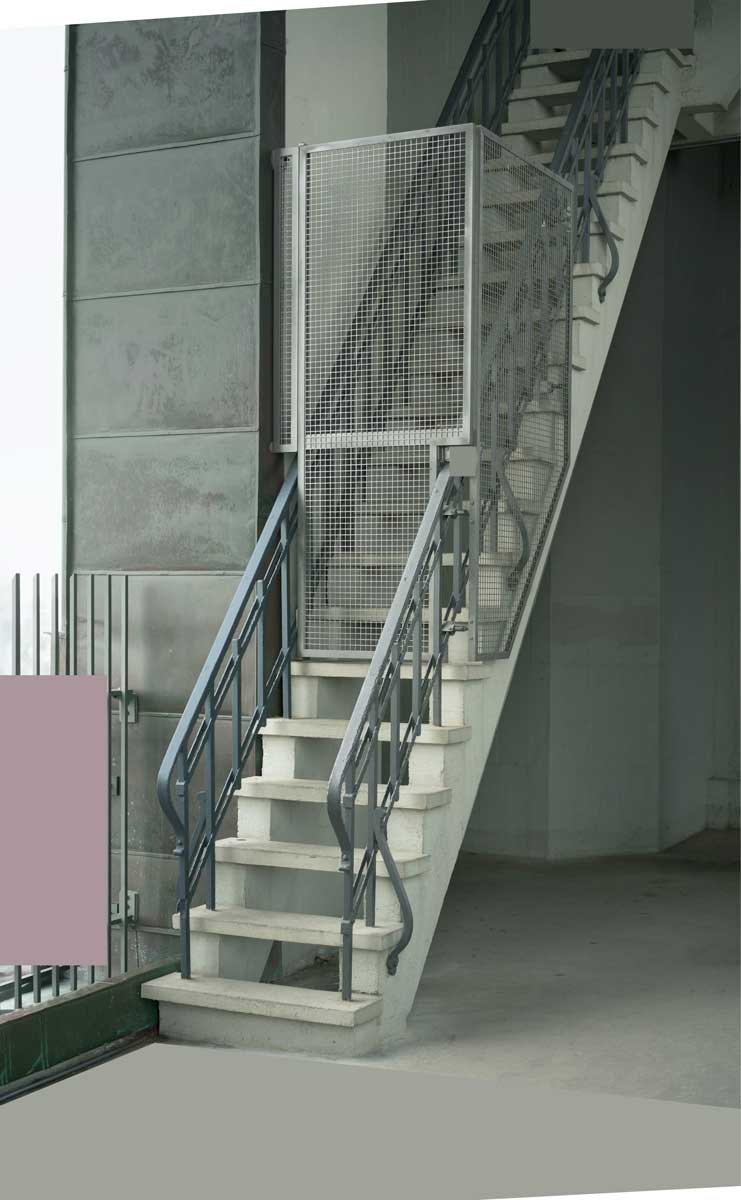In the fifties, Eastman Kodak Company made a very powerful advertising campaign: “The Kodak Moment,” encapsulating the perfect moment in a memorable photo.
The beautiful sunset, the happily married couple kissing each other, or a dramatic event—those moments where we instinctively grab for the camera to capture it for eternity.
“Nodak Moments” is the opposite of “Kodak Moments” It’s the places and scenes we hardly register as being a place or a scene at all, because we find them utterly unimportant. The places we walk by every day and wouldn’t dream of photographing as there would be no point in doing so.
Balder Olrik explains: Some years ago, I decided to be more conscious about what I chose to see and not to see and realized that I did not pay any attention to most of the topography around me. To challenge my own perception of what’s memorable and what’s not—what’s worth photographing and what’s not—I began turning my camera toward these non-moments. For two years, I had my camera with me everywhere I went and deliberately took photos at the places that got overlooked. In the end I had accumulated a trove of over forty thousand images.
Both in my work as an artist as an inventor, I’ve learned that the new and interesting is always in the opposite direction of where everybody else is looking. So “Nodak Moments” actually encapsulate this way of working quite literally. But while I was working on this project it actually surprised me how much rich scenery I had overlooked in the past—just on my way to the local grocery store. It was a kilometer that I had walked more or less daily for the past twenty years, yet I kept seeing new motifs. It made me wonder what else I missed. What other sceneries and details had gone unnoticed? And not just by me, but by all of us, because we tend to always look in a certain direction and at certain things.
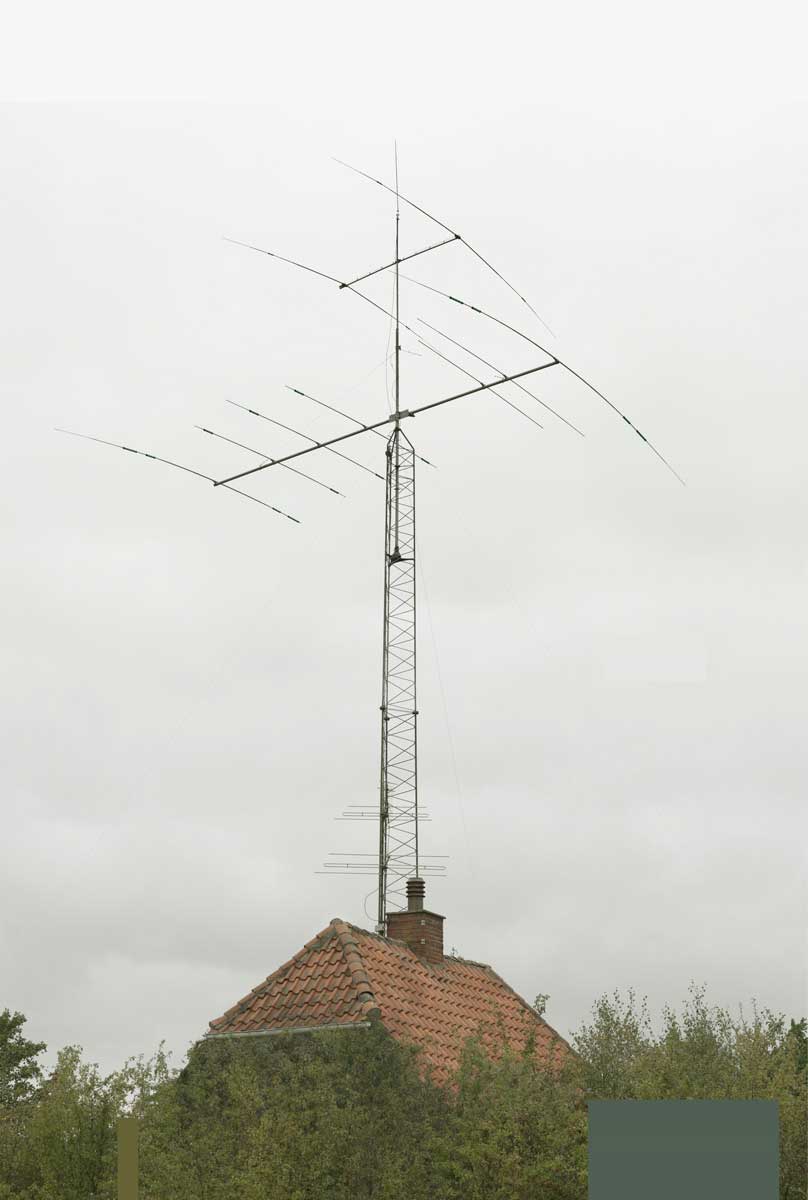
About Balder Olrik
When Balder Olrik was enrolled at The Royal Academy of Arts in Copenhagen, Denmark, at the age of sixteen, he was one of the youngest students ever to be accepted.
After an early career as a painter in the 1980s, as one of the most significant young artists in Denmark. Olrik became a part of the pioneering community around digital media and the uprising internet in the 1990s, where his main focus was behavioural science. In1998 he stopped his artistic career, solely focusing on his digital projects. In 2014 he started working as an artist again, mainly focusing on photographic media, where he combines his artistic skills with the knowledge of human perception and behavior. [Official Website]
Method
Balder Olrik studies of our perception. He investigate what we see – when we see – and what we unconsciously choose not to see. When exposed to a new environment, the one question we instantly ask ourselves is: “Where am I?” But as soon as we know the context of the perceived, we immediate lose interest.
Balder Olrik is inspired by Nobel laureate Daniel Kahneman’s model for the perceptual systems of the brain. He disrupts our viewing habits, for example by removing context-specific elements from the image to make the familiar unfamiliar and make us look at our environment more consciously.
Kahneman describes our perception system as being split in two. The automated System 1 that in a split second is able to understand a given context, based on our past experience. Some describe System 1 as our intuition, but it’s only a half-truth. It might as well be called our “categorizer.” System 2 is significantly slower, but capable of analyzing our impressions and coming to new realizations. We will always try to read the world through our System 1 unless we are lacking vital information that hinders an easy categorization. Only then do we switch to a conscious System 2 reading.
